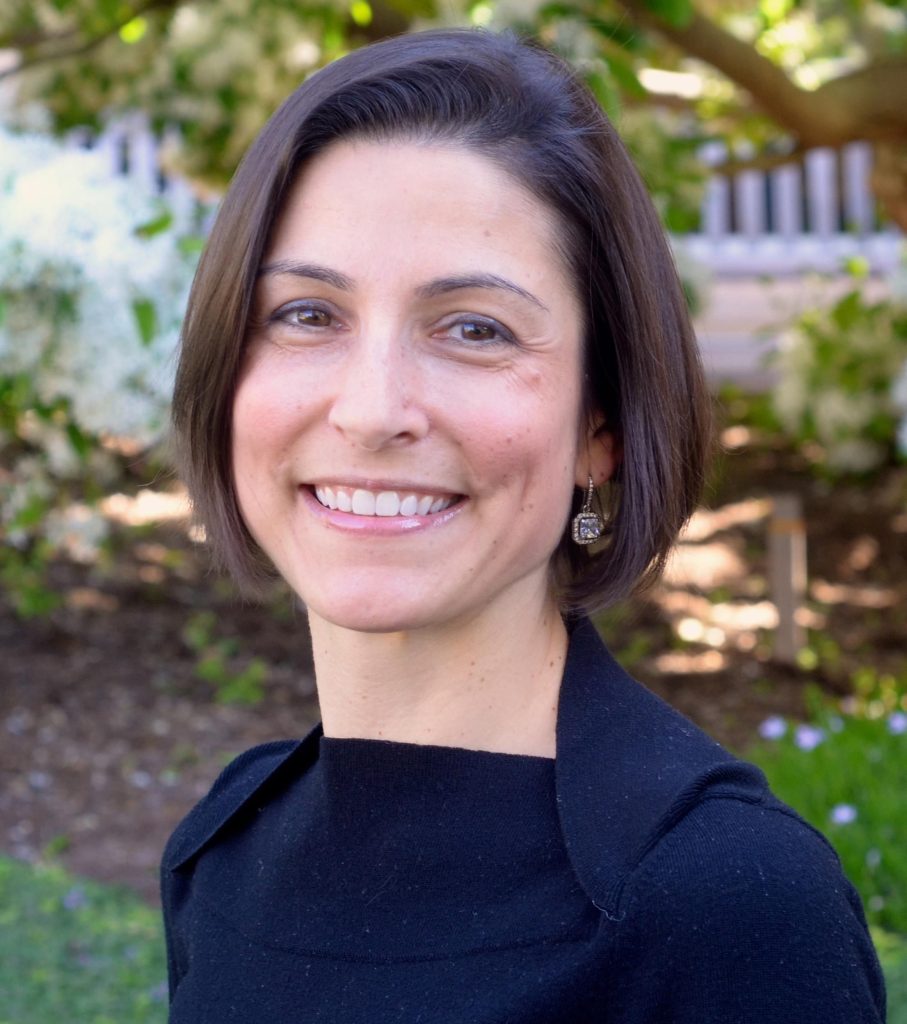“I see you, you see me, I trust you to know me.”
This phrase was one of many that underscored the powerful testimony Dr. Jennifer Hong, Massachusetts General Hospital physician and Duke alumna, shared on March 23 in a talk on West Campus. Invited by Duke’s Humanities in Medicine club, Hong spoke eloquently about the importance of humanities in medicine, leaning on her undergraduate experience as an English/Neuroscience pre-med and her medical training. Her moving stories about patients and her perspective on the American medical system captivated the entire audience.

Hong opened her discussion by underscoring the power of language—and the potential of wielding narrative writing as a “weapon of resistance.” She shared how, as an undergrad, her most memorable, impactful academic lessons were ones in the English realm, where she explored how historical narratives of female physicians revealed the pervasive patriarchy underlying medicine. Hong reflected that the skills required to be an adept doctor are much akin to those needed to write a good essay: one must be able to relate to people and experiences that are very different from one’s own.
To back up her claim, Hong shared a story from her early days of residency. One day, she and her team were overwhelmed by two Code Blues—the highest level of medical alerts—and a rapid response, which she was handling alone. As a slew of medical professionals rushed into the patient’s room, Hong noted that the patient and her partner had no idea what was happening, as they spoke no English. Connecting with the patient’s son over the phone, Hong tried to explain to the best of her ability the situation and her perspective—the patient’s metastatic cancer prognosis would be best approached with comfort care, not more ventilators.
“You’re hurting them. Stop hurting them,” was the son’s short reply.
This was a landmark moment in Hong’s training, one she described as “shell shocking” and “demonstrating to people who want control that they have no control”. In a rapidly evolving environment where so many elements demand physicians’ attention, Hong notes that it’s incredibly easy to act in a way not aligned with one’s personal values. This foreshadowed one of her responses to a later question regarding what exercises or habits prospective medical students should adopt before stepping into graduate education: she suggested that students should periodically check in on their values and how they plan on upholding them.
The captivating lecture continued to include many remarks on the current state of medicine in America. As an aspiring pre-med student, I find it enlightening and disturbing to hear about the unignorable forces at work every day in physician offices and the hospital setting. Hong carefully described how, despite medicine being “the last frontier” where societal wrongs could be remedied and addressed, capitalist institutions, like private equity investors, are forging ahead with standardizing care and prioritizing profit in medical spaces. Yet, she reminded the audience that hope is present and what drives her work are the physician-patient relationships she treasures. She emphasized the presence of humanities education in medical work, highlighting the skills of translating between “medical speak and patient speak”, seeing human dignity in every patient, and telling patients’ case histories as narratives.
I cannot conclude this blog without mentioning the powerful story Hong shared before she finished her remarks. Since her years as a resident, Hong has frequently met with a patient suffering from numerous chronic illnesses. Despite his many struggles, he maintained a lively sense of humor, evoking joy from every small moment. He was regularly hospitalized, sometimes up to months in duration, and he leaned on Hong to tell his story—his illnesses, his past medication history, and his resilience—to his different care teams. This was what drove the “I see you, you see me, I trust you to know me” quote: in his weakest moments, the patient wanted Hong to tell his story instead of telling his own experiences.
The patient passed away last year. Shortly before his passing, he still messaged Hong, sharing pictures of his youth. This patient was surely not the healthiest of Hong’s patients, but he was among the most memorable and impactful. Even as an audience member, I cannot help but root and feel fondness for this patient.
In my humble opinion, what made this lecture so motivational was not Hong’s advice and encouragement to a room full of pre-meds but her skilled recounting of firsthand experiences. Her testimony is proof that the humanities are still critically valuable, especially in medicine, providing food for thought for Duke students.


























